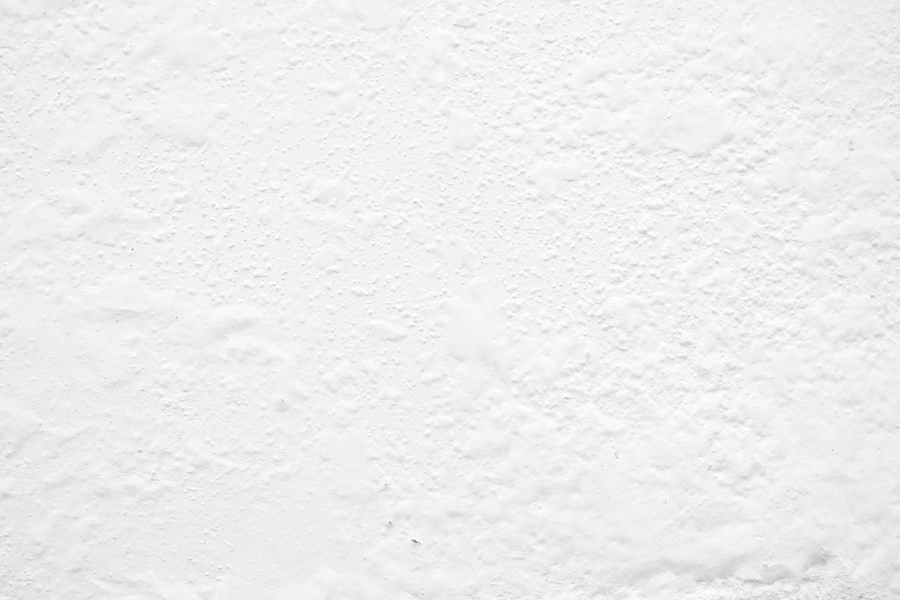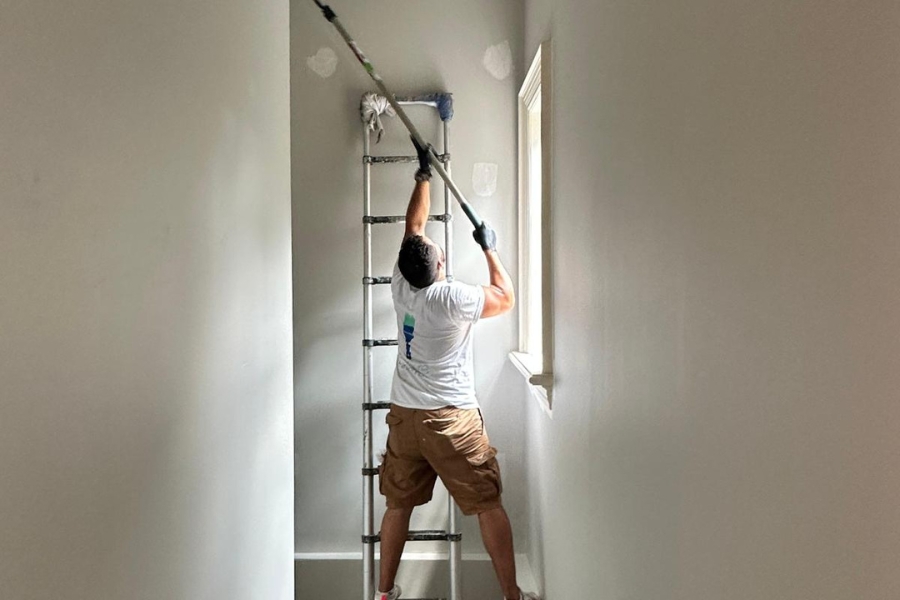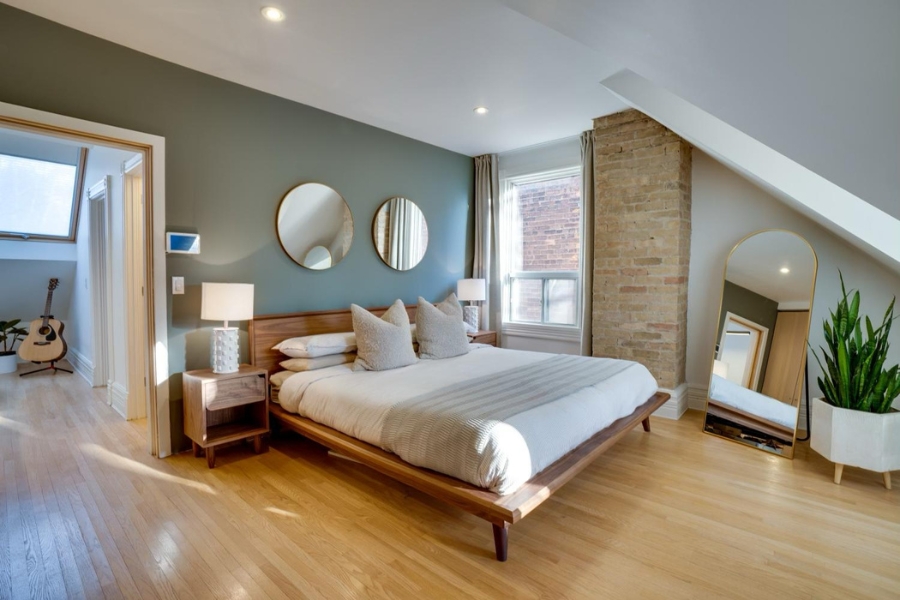Before you start searching for “house painters near me,” read our painting tricks and tips for a DIY project! Paint blisters can be a frustrating problem for any homeowner. These pesky bubbles can ruin the look of a freshly painted surface, leaving you wondering what went wrong. Let’s tackle why paint blisters happen and how you can fix (and prevent) them!
Understanding Paint Blisters
Paint blisters occur for several reasons. One of the main reasons is moisture. Moisture trapped under the paint layer can push the paint away from the surface, causing those annoying blisters. This can happen if you paint over a damp surface or if water seeps through the walls from behind due to leaks or high humidity. Making sure your walls are dry before painting is crucial.
Heat is another guilty culprit. Painting in high temperatures or direct sunlight can cause the paint to dry too quickly, trapping paint gases beneath the surface. As these vapors try to escape, they create bubbles. This issue is particularly common with oil-based paints. Therefore, it’s best to avoid painting on hot, sunny days.
Importance of Proper Surface Preparation
Poor surface preparation can also lead to paint blisters. If the surface isn’t properly cleaned or prepped, dust, dirt, or oil can prevent the paint from adhering correctly. Old, peeling paint left on the surface can further contribute to this problem. Taking the time to thoroughly clean and prep the surface can make a huge difference.
Using the wrong type of paint can also cause issues. Not all paints are suitable for every surface, and using an incompatible paint can lead to poor adhesion and blistering. Always check that the paint you choose is appropriate for the surface you’re working on. Additionally, not enough drying time between coats can trap solvents between layers, eventually causing the top layer to blister.

Fixing Paint Blisters: Step-by-Step
Identify Moisture
Fixing paint blisters involves a few straightforward steps. First, it’s essential to identify and address the source of moisture. Before you can fix the blisters, you need to fix any underlying moisture issues. This might mean repairing leaks, improving ventilation, or waiting for the surface to dry out completely.
Removing Paint Blisters with Sanding
Once you’ve addressed the moisture, the next step is to remove the blisters. Start by scraping off the blistered paint with a putty knife or paint scraper. Be gentle to avoid damaging the underlying surface. If the blisters are extensive, you might need to strip the paint off the entire area. Sanding the surface afterward will help smooth it out and remove any remaining loose paint. Using fine-grit sandpaper will create a smooth surface for the new paint to stick to.
Cleaning
After sanding, clean the surface thoroughly to remove dust, dirt, and grease. You can use a damp cloth and a mild detergent to ensure the surface is clean and ready for painting. Applying a primer suitable for the surface you’re painting is the next crucial step. Primer helps to seal the surface, providing a better base for the paint to adhere to and preventing future blistering.

Paint Away!
When you’re ready to repaint, choose the right paint for your surface. Apply the paint in thin, even coats, allowing adequate drying time between each coat. Avoid painting in extreme temperatures or direct sunlight, as these conditions can cause the paint to dry too quickly and form blisters. And don’t forget – the paint you choose matters. Make sure it’s good quality and is correct for the surface you’re working with.
Preventing Future Blisters
After fixing the current paint blisters, it’s important to take steps to prevent future occurrences. Ensure that any sources of moisture are permanently addressed. Using high-quality paint and primer can also make a big difference. Always follow the manufacturer’s instructions regarding application and drying times. Additionally, consider painting in optimal weather conditions to avoid issues related to heat and humidity.

Contact The Pros
If dealing with paint blisters seems daunting or if you want to ensure a flawless finish without the hassle, Encore Painting is here to help. Our team of experienced professionals knows exactly how to handle these issues and provide a smooth, long-lasting paint job. Contact Encore Painting today to schedule your consultation and let us bring a fresh, blister-free look to your home.